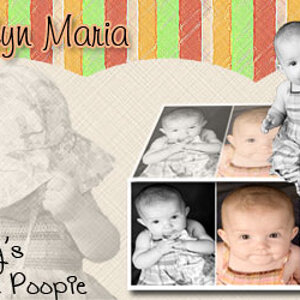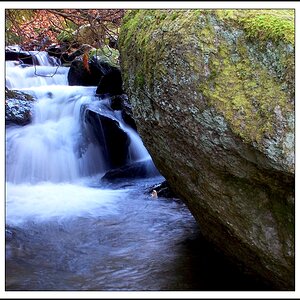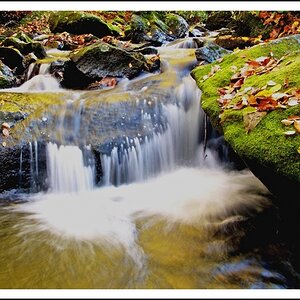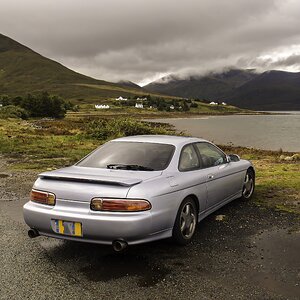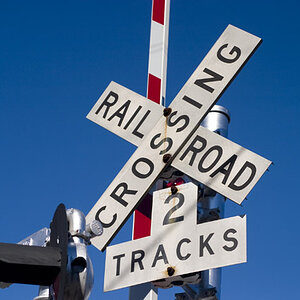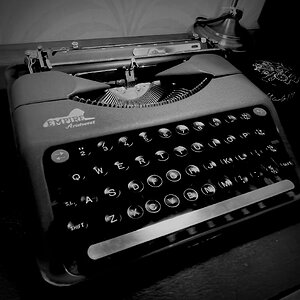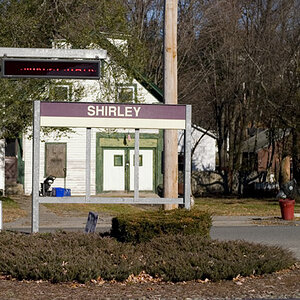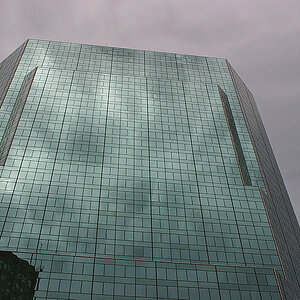Andreas Timm Photography
TPF Noob!
- Joined
- Sep 21, 2014
- Messages
- 59
- Reaction score
- 6
Cause it would just be a snapshot if it was in color.
Ha!!! This is kind of what I put as "Reason 3" in my blog post here: Why is most street photography black and white? - Andreas Timm Photography
So maybe a but radical view... but you just confirmed it... B/W is easier to make a photo look cool!
Cheers,
Andreas



